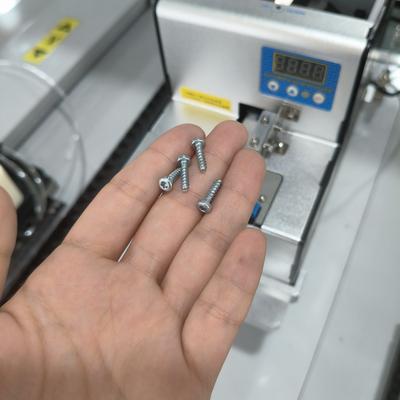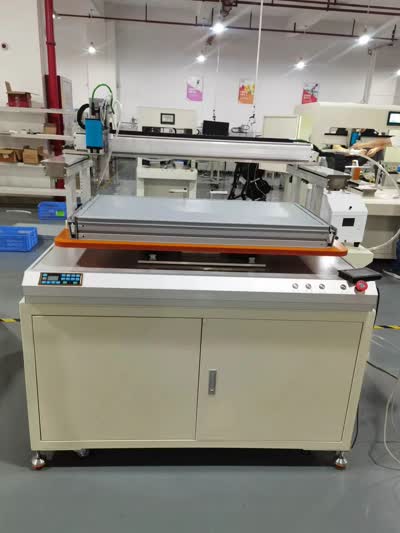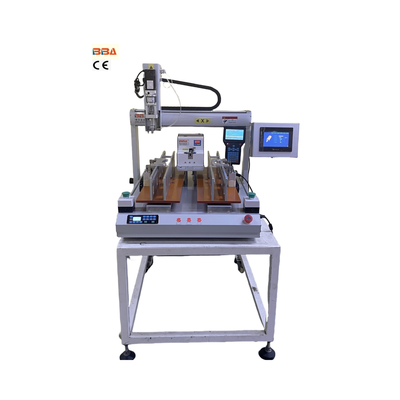Reducing Downtime with Multi-Axis Automation Systems | Industrial Robotics
Reducing Downtime with Multi-Axis Automation
In today's fiercely competitive industrial landscape, maximizing productivity is not just a goal—it's a necessity. Unplanned downtime is one of the most significant drains on efficiency, profitability, and overall equipment effectiveness (OEE). While traditional automation has provided substantial improvements, the next frontier in combating downtime lies in the sophisticated realm of multi-axis automation systems. These advanced solutions are redefining precision, speed, and reliability on the factory floor.
The High Cost of Unplanned Downtime
Before delving into the solution, it's crucial to understand the problem's magnitude. Downtime, particularly when it's unexpected, can stem from various sources: mechanical failures, tooling changes, complex manual adjustments, and lengthy reprogramming halts. Each minute a production line is idle translates directly into lost revenue, missed deadlines, and increased operational costs. For complex manufacturing processes involving intricate assembly, welding, or material handling, these interruptions are often more frequent and prolonged.
How Multi-Axis Automation Provides the Answer
Multi-axis automation refers to systems equipped with multiple degrees of freedom, typically through robotic arms with four or more axes of movement. This design allows for incredibly complex motion paths and orientations that mimic—and often surpass—human dexterity. The key to their downtime-reduction capability is rooted in several core advantages:
- Enhanced Flexibility and Dexterity: A single multi-axis robot can perform a series of complex operations—reaching, twisting, turning, and placing—that would otherwise require multiple single-purpose machines. This eliminates the downtime associated with transferring parts between stations and synchronizing separate units.
- Simplified Changeovers: Modern multi-axis systems are managed through intuitive software. Switching production from one product to another often involves simply loading a new program. This drastically reduces the changeover time compared to mechanical reconfiguration, minimizing planned downtime.
- Superior Precision and Repeatability: By performing tasks with microscopic accuracy every time, these systems drastically reduce errors and defects. Fewer errors mean fewer stoppages for rework or quality adjustments, leading to a smoother, more continuous production flow.
- Integrated Condition Monitoring: Many advanced multi-axis automation solutions come with built-in sensors and predictive maintenance capabilities. They continuously monitor their own performance, including vibration, temperature, and torque. This data can be used to predict component failure before it causes a breakdown, allowing maintenance to be scheduled during natural pauses in production.
Transforming Complex Production Cells
The impact is most profound in complex applications. Imagine a CNC machining cell where a multi-axis robot acts as both a loader and an unloader, while also performing secondary finishing tasks like deburring or inspection within the same cycle. The entire process is seamless. Or consider a packaging line where a single multi-axis robot gracefully handles products of varying sizes and weights, adapting on the fly without missing a beat. This consolidation of tasks into one intelligent unit is a powerful strategy for eliminating bottlenecks and their associated downtime.
Investing in Continuous Operation
Implementing multi-axis automation is an investment in resilience. While the initial focus is often on the dramatic gains in speed and output, the long-term value is profoundly tied to operational stability. By designing systems that are flexible, precise, and self-aware, manufacturers can move closer to the goal of lights-out manufacturing—where facilities can run uninterrupted for extended periods.
The journey toward zero unplanned downtime is ongoing, but multi-axis automation provides a powerful and proven path forward. It represents a shift from reactive maintenance to predictive operation, from rigid production lines to adaptable systems, and ultimately, from costly interruptions to seamless, continuous production. By embracing this technology, companies are not just automating processes; they are fundamentally future-proofing their operations.

| Product Name | Applicable industries |
| Smart Screw Driving Machine | Drone and UAV Manufacturing |


